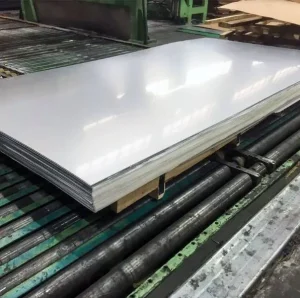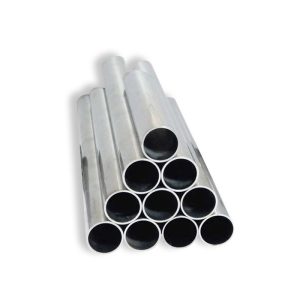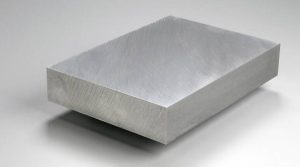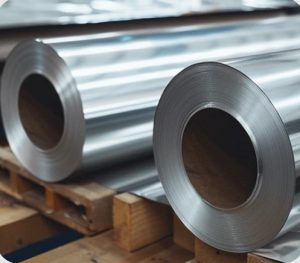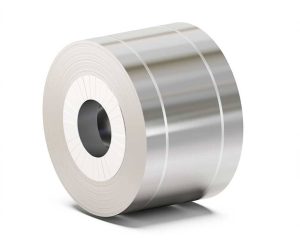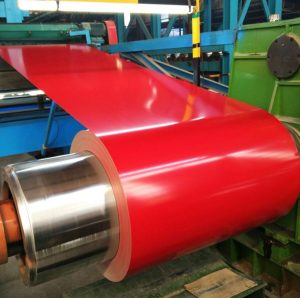PPGL, or Pre-Painted Galvalume steel, refers to steel coils that have been coated with an aluminum-zinc alloy (Galvalume) as the base metal, subsequently covered with organic paint coatings on both sides. This meticulous process yields a product celebrated for its exceptional corrosion resistance and diverse aesthetic possibilities.
The Galvalume Substrate: Foundation of Strength
The “GL” in PPGL specifically denotes the Galvalume substrate. This is a steel sheet coated with an alloy predominantly composed of aluminum (approximately 55%), zinc (around 43.4%), and a minute percentage of silicon (about 1.6%). This Al-Zn coating offers markedly superior corrosion protection when compared to traditional galvanized (zinc-coated) steel, particularly in severe atmospheric environments. The aluminum acts as a barrier, while the zinc provides sacrificial cathodic protection.
The Coating Process Explained
The manufacturing journey of PPGL involves several critical stages to ensure quality and durability:
- Substrate Pre-treatment: The Galvalume coil undergoes rigorous cleaning and chemical treatment. This step is crucial for ensuring optimal adhesion of the subsequent paint layers.
- Primer Coating Application: A layer of primer is applied. This coat serves to enhance corrosion resistance further and to improve the bond between the substrate and the topcoat.
- Top Coating Application: The final color coat is meticulously applied. This layer provides the desired aesthetic (color, gloss), as well as critical functional properties like durability, and resistance to weathering, UV radiation, and physical abrasion. Common paint systems include Polyester (PE), Silicon Modified Polyester (SMP), High-Durability Polyester (HDP), and Polyvinylidene Fluoride (PVDF).
- Curing Process: Following the application of each coating layer, the coil is passed through curing ovens. The heat treatment hardens the paint and ensures a strong, permanent bond to the steel surface.
Reputable suppliers, such as Shanxi Luokaiwei Steel Company, often provide extensive options in terms of colors, paint types, and coating thicknesses to cater to specific project requirements.
Key Advantages and Properties of PPGL
- Enhanced Corrosion Resistance: The synergy between the Galvalume substrate and advanced paint systems delivers outstanding protection against rust and environmental corrosion.
- Aesthetic Flexibility: PPGL is available in a wide spectrum of colors, gloss levels, and even textured finishes, empowering architects and designers with creative freedom.
- Long-term Durability: Modern coating technologies ensure excellent color retention, resisting fading, chalking, and peeling over extended periods of exposure.
- Excellent Formability: Despite the multi-layer coating, PPGL can be readily formed, bent, roll-formed, and profiled without compromising the integrity of the paint finish.
- Lightweight yet Strong: Steel’s inherent high strength-to-weight ratio means PPGL components can be lighter than those made from alternative materials, potentially reducing structural load and transportation costs.
- Overall Cost-Effectiveness: The combination of long service life, minimal maintenance needs, and initial material efficiency makes PPGL an economically sound choice for many applications. Quality materials from established entities like Shanxi Luokaiwei Steel Company contribute to this long-term value.
Prominent Applications of PPGL Coils
The versatility and performance of PPGL color coated steel coils make them suitable for a broad range of applications across various industries:
- Building and Construction: Extensively used for roofing systems, wall cladding, prefabricated building panels, sandwich panels, rainwater goods (gutters, downpipes), doors, and architectural facades.
- Home Appliance Manufacturing: Common in the production of side and front panels for refrigerators, washing machine casings, microwave oven bodies, and air conditioner exterior units.
- Automotive Sector: Utilized for certain non-structural or interior components where corrosion resistance and finish are important.
- Furniture and Interior Design: Applied in manufacturing office furniture, shelving units, decorative partitions, and ceiling panels.
- Transportation and Logistics: Used in the construction of shipping containers and certain parts of commercial vehicles.
Critical Factors for Selecting PPGL
Choosing the appropriate PPGL coil requires careful consideration of several factors to ensure optimal performance and longevity for the intended application:
- Service Environment: Assess the level of atmospheric corrosivity, UV radiation exposure, humidity, and potential for mechanical damage.
- Type of Coating System: Select the paint system (PE, SMP, HDP, PVDF) based on the environmental demands and desired lifespan. For instance, PVDF is preferred for highly corrosive or high UV exposure environments.
- Coating Thickness: Generally, thicker paint coatings (both primer and topcoat) offer enhanced durability and protection. Specify both top and back coat thickness.
- Substrate Specifications: The thickness, grade, and Al-Zn coating weight of the base Galvalume steel must be suitable for the structural and forming requirements.
- Color, Gloss, and Finish: Consider aesthetic requirements, heat reflectivity (for roofing), and any special textural needs.
- Supplier Credentials and Quality Assurance: It is advisable to source PPGL from reputable manufacturers and suppliers who adhere to recognized international quality standards. Companies like Shanxi Luokaiwei Steel Company typically implement rigorous quality control measures throughout their production.
A thorough understanding of these parameters will guide the selection of the most suitable PPGL product, ensuring it meets performance expectations and contributes to the durability of the final application.



